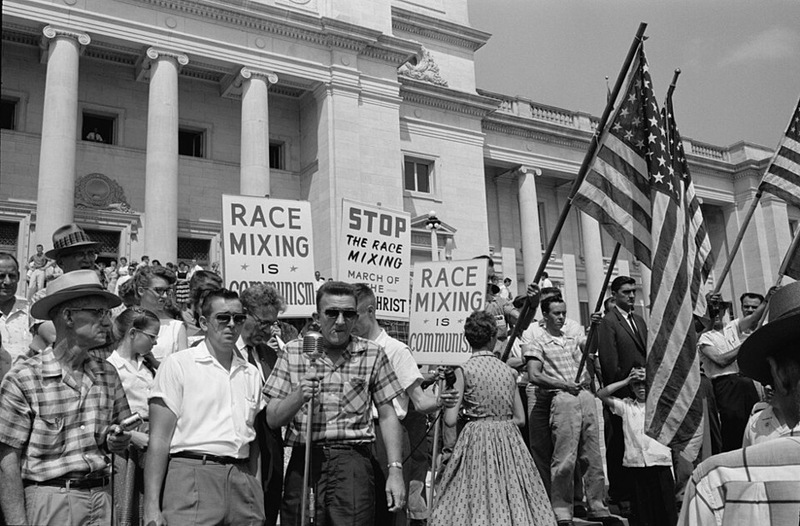School Integration in America
The 1950s marked a turning point in school desegregation the United States. Following the Plessy v Ferguson Supreme Court ruling in 1896, which established the “separate but equal” doctrine, segregated schools were common. Plessy allowed state and local governments to maintain separate institutions for White and Black students, resulting in clear disparities in resources and quality of education. The National Association for the Advancement of Colored People (NAACP) was vital in challenging these inequalities, especially in the Brown v Board of Education Supreme Court decision (1954). In this case, the NAACP argued that segregation in public education violated the Equal Protection Clause. The Supreme Court unanimously agreed, declaring that “separate educational facilities are inherently unequal.” This overturned Plessy v Ferguson as it applied to public school education.
Despite the success of Brown v Board of Education, many states and school boards were hesitant and/or slow to desegregate. The Supreme Court ordered desegregation to proceed with adequate speed, however details were left unspecified, and many states responded with resistance. For example in 1957, in Little Rock, Arkansas President Eisenhower deployed federal troops to protect a group of nine African American students integrating an all-white school, as they were met with angry mobs and armed soldiers blocking the school’s entrance. This exemplifies how even though desegregation was in place legally, there were severe challenges in actually implementing these practices. (Bankston, 2011).
